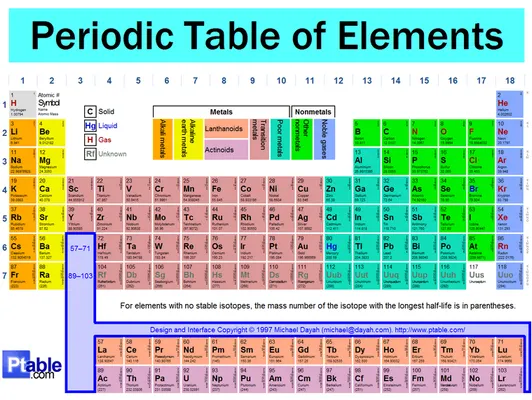
Chemical Building Blocks
This quiz includes describing matter, measuring matter, particles of matter, Elements from earth, Solids liquids and gases, Non-metals and metalloids, and more on the periodic table. Good luck! - Jesse Hansen (student)
published on February 14, 2013
